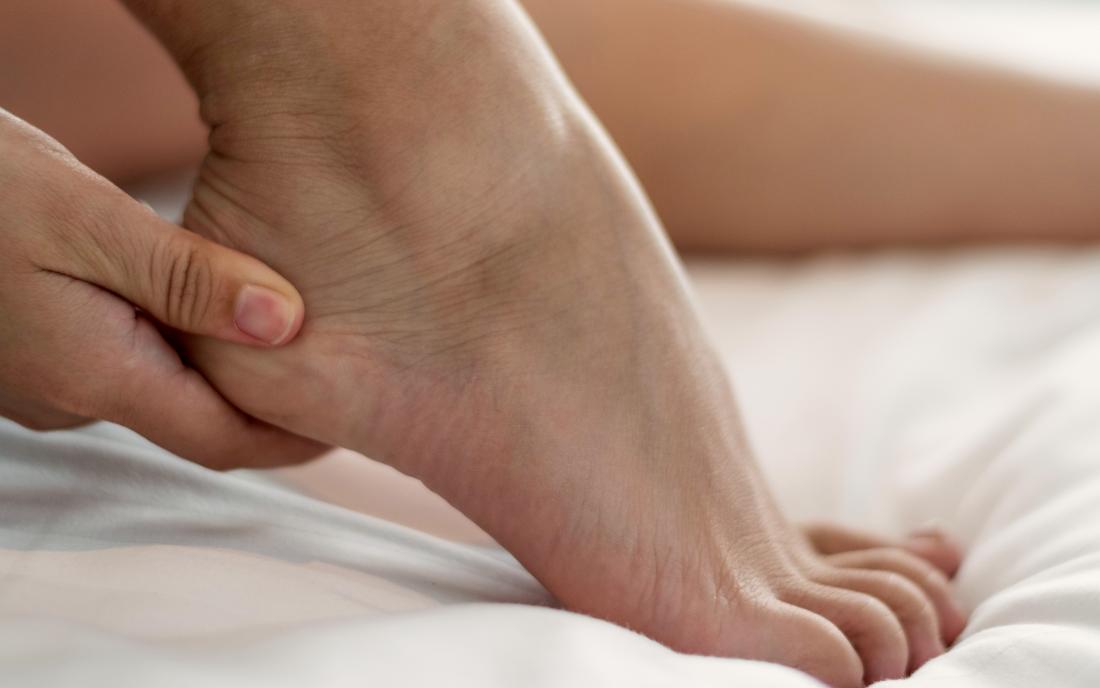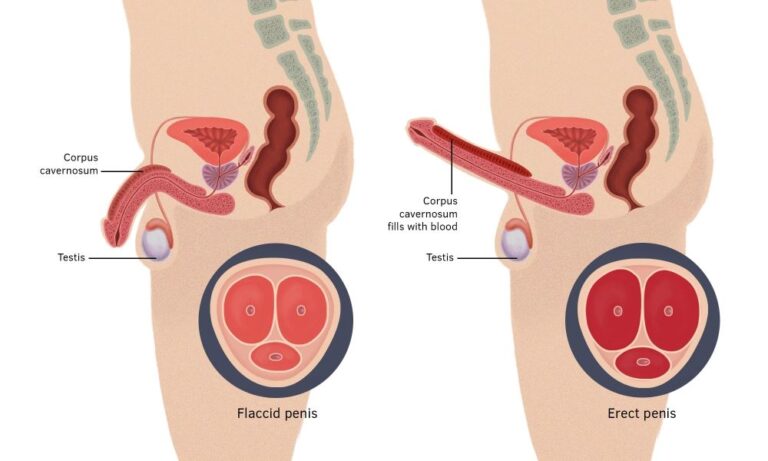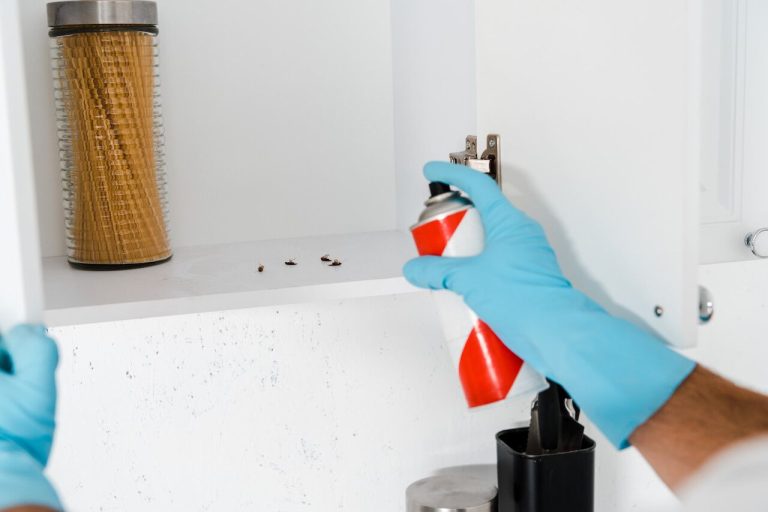
If you’re experiencing heel pain in New York, it’s crucial to figure out what’s causing it. In many cases, the cause is something simple that can be treated with over-the-counter medication or a few simple exercises. However, the reason may be more severe in other cases and require medical attention. Here are four possible causes of heel pain but first, speak with a New York heel pain specialist.
Plantar Fasciitis
If you have sharp, stabbing pain and your foot aches in the mornings, and after long periods of standing or walking, you may be dealing with plantar fasciitis. This condition occurs when the ligament along the bottom of the foot (plantar fascia) becomes swollen and irritated, often due to an injury. The irritations cause a stabbing pain in the heel when you step down, making walking difficult.
The best treatment for plantar fasciitis is to rest the foot, apply ice to ease the inflammation, stretch your calf muscles regularly (especially before getting out of bed), and wear supportive shoes with plenty of cushioning. You may also want to pull your heel cords and the ball of the foot daily, as well as massage your foot.
Pulled Hamstring
If you’re experiencing pain on the back of one of your calves and it’s difficult to walk or even stand up straight, there’s a chance that you’ve pulled a hamstring muscle. This is a common injury that occurs when the muscles in your hamstring (the long strip of muscle running down the back of your thigh) are overstretched or torn.
Symptoms include pain and tenderness along the back of your leg, bruising, swelling, and difficulty standing up straight. The best way to treat a pulled hamstring is to apply ice to ease inflammation, rest your hamstring, and wear compression clothing to reduce swelling.
Achilles Tendonitis
Your Achilles tendon is the thickest and strongest tendon in your body. It runs from your heel to the back of your ankle, helping you walk, run, jump, and push off with your foot. However, if you have an injury or repetitive strain on it (such as too much running or jumping), you may develop inflammation in the tendon, known as Achilles tendonitis.
Symptoms include pain in the back of your heel or ankle, stiffness in your calf when you walk or stand up straight, swelling in your ankle and heel, and weakness in your foot. To treat Achilles tendonitis, rest the area for a few days to reduce pain and inflammation. You can also apply ice to the affected area, take over-the-counter pain medication, elevate your heel when walking or resting, and wear compression socks.
Heel Spurs
Another possible cause of heel pain is a heel spur–a small, bony growth on the underside of your heel bone. These are common around age 50 (when people lose calcium), but they can also appear in younger runners and athletes.
Symptoms include sharp pain when you walk or stand straight, especially in the morning, and difficulty walking or standing for long periods. The best way to treat heel spurs is to wear shoes with plenty of cushioning and support.
A variety of things can cause heel pain, but thankfully most are relatively easy to treat. Suppose you’re experiencing heel pain for the first time or considering what might be causing it. Seek guidance from a heel pain specialist first.






